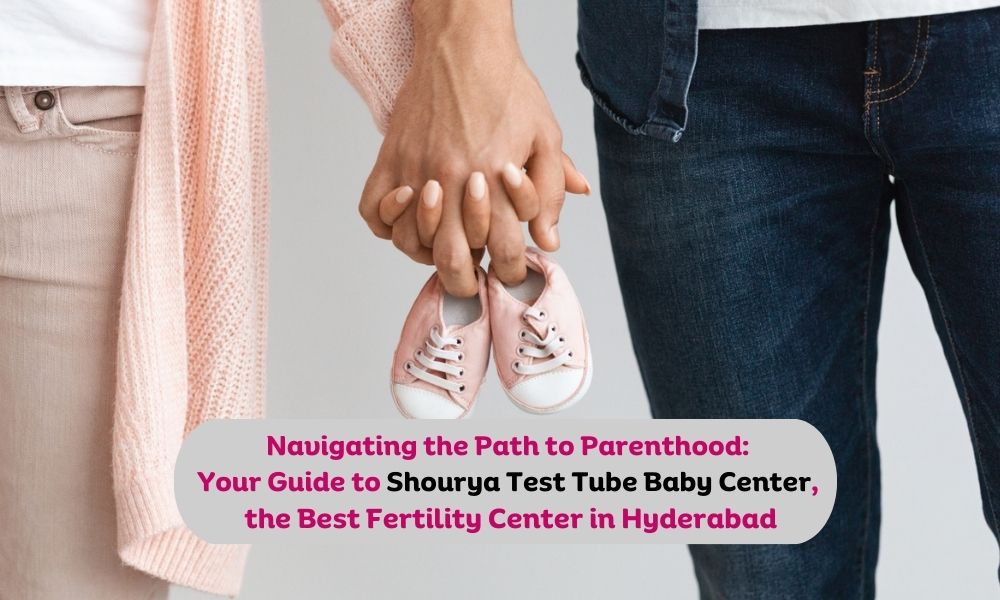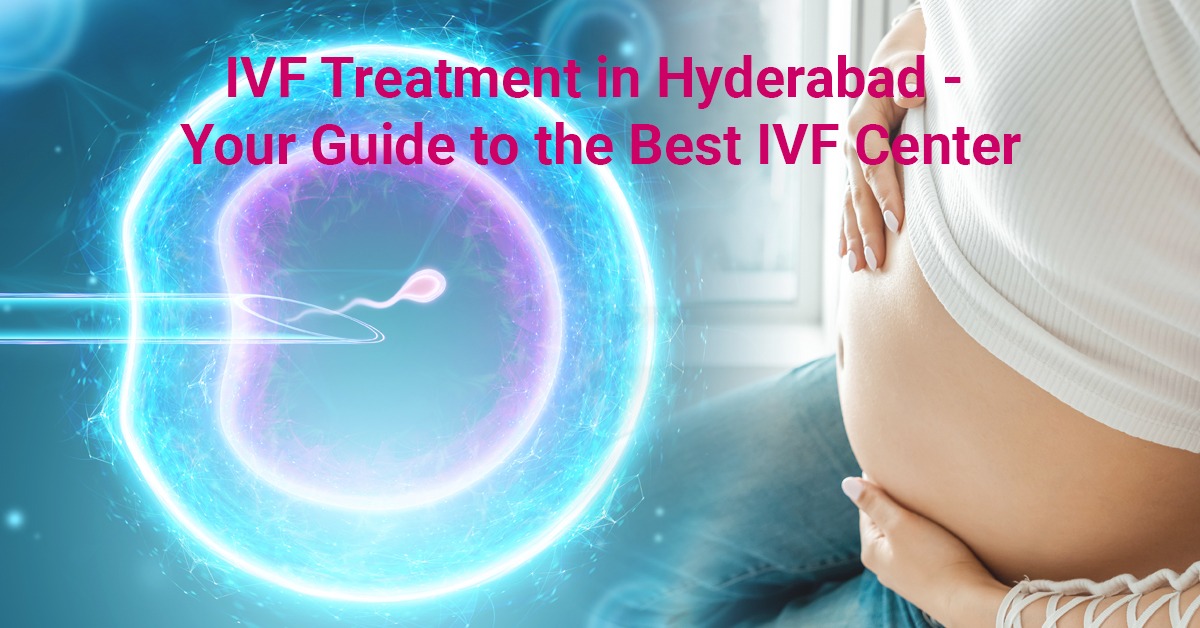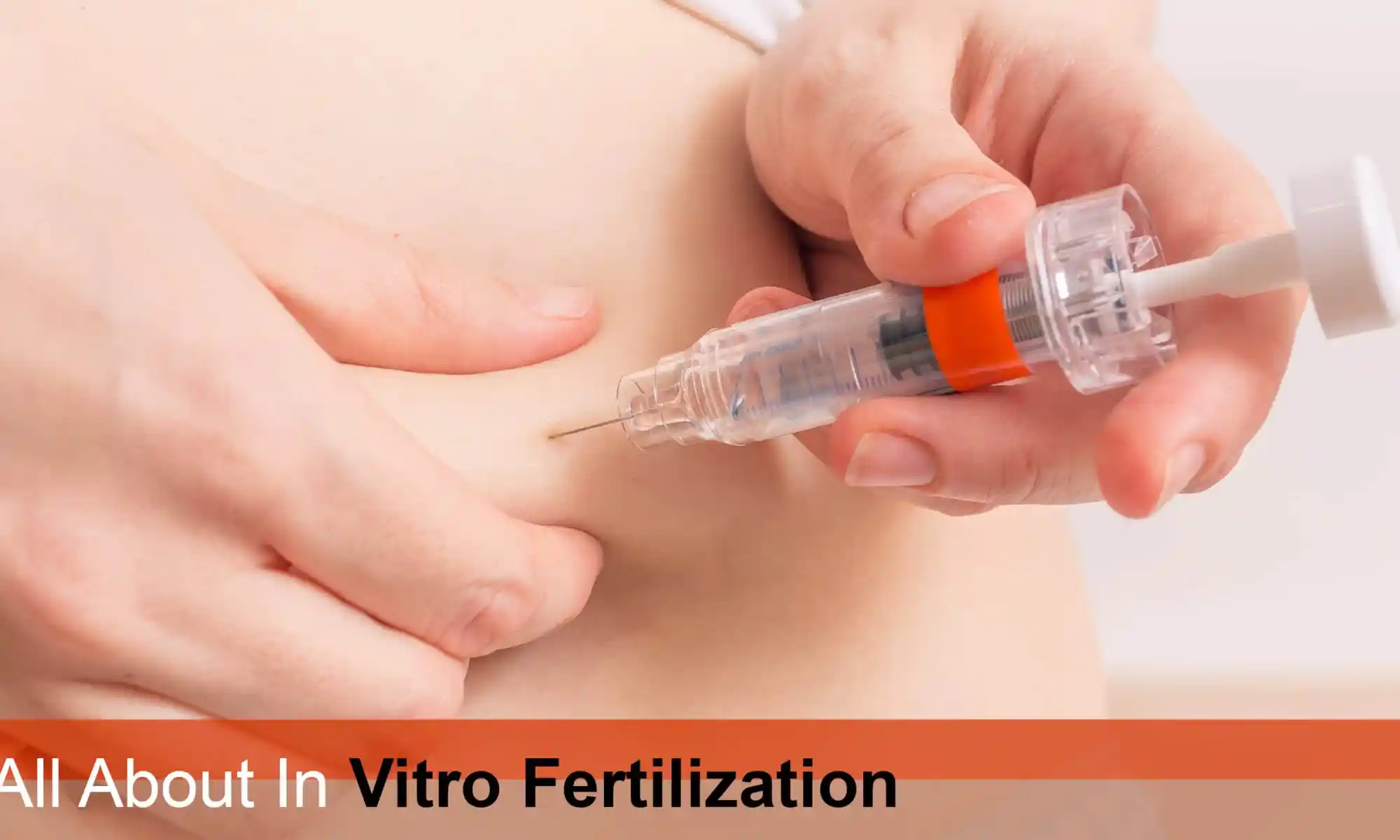Are you failed to conceive after trying for a long time? If you are opting IVF treatment, then is it safe to use Blastocyst culture? Before going for IVF treatment through Blastocyst transfer here are the five things you must know about.
Sai Shourya Test Tube baby centre provides the best fertility treatment in Hyderabad for the patients who are suffering from infertility problems. We are expertise in providing Blastocyst Fertility Treatment in Hyderabad for past few years.
Continue reading this blog provided by Sai shourya test tube baby centre to get complete knowledge about the Blastocyst and its benefits.
What is Blastocyst?
It is a highly developed embryo that is ready to move and attach to uterus walls. The couples who are not conceived naturally will opt for IVF. In the treatment process of IVF the retrieved eggs from a female partner and washed cell from the male partner will get combined in the medical laboratory.
After successful fertilization, the embryo will be formed. After the formation of the embryo, then it starts dividing the cells. When it reaches a point where the embryo can attach to the uterine walls, then this development of the embryo is known as Blastocyst.
Blastocyst Transfer:
Transfer of blastocysts is a procedure introduced with in vitro fertilization (IVF) designed to increase rates of pregnancy and reduce the risk of multiple pregnancies. Hospital laboratory experts have developed this technology. The pregnancy rate in selected patients has been reported to increase by nearly double, while practically eliminating the possibility of multiple pregnancies of a high order, such as triplets or quadruplets.
How Successful is Blastocyst?
The highlight of this culture of Blastocyst is that during development, most dysfunctional embryos interrupt or stop growing. Therefore, by developing embryos at the blastocyst stage, one has already selected certain embryos with little or no developmental potential toward them. A blastocyst, therefore, has a higher chance of becoming a baby after moving to the mother. Statistics on human blastocyst replacement on development day 5 or 6 suggest implantation levels that were recorded twice as high as cleavage stage embryos.
A second reason for the blastocyst’s increased implantation rate is because the blastocyst is the phase of embryonic development that at implantation must remain in the uterus. Because the atmosphere in the fallopian tube and uterus varies, blastocysts are much more appropriate for uterine survival and growth. As a result, with fewer embryos and lower the risk of multiple births, improved or equally successful pregnancy with blastocyst transfer is achieved.
5 Things You Should Know About the Blastocyst :
1. Possibility of a Single Blastocyst Convert into a Twin
Certainly, after transferring to the uterus, there is a chance that Blastocysts could split. There’s a possibility of identical twins in this. With that, most couples will stay. The most emotional situation is if both blastocysts split and continue to live birth.
2. Transfer of two or more blastocysts
Recent research on selective single blastocyst transfer says that there is the same probability of live birth from one transferred blastocyst as for two. However, twins ended up 34 percent of those younger women who had two transferred blastocysts. Just 7% had twins from a single transfer of blastocysts. So the ongoing concern is multiple pregnancies.
3. Other Advantages of transfer of Blastocysts
Blastocyst transfer can make things much easier for implantation. A day-2 embryo will continue its journey in the fallopian tube to the womb in non-IVF reproduction. Bringing a blastocyst directly into the womb on day 5 or 6 is better for the already extremely open uterus. In contrast, genetic testing such as PGD is carried out on blastocysts more reliably.
4. Day -3 Transfer of Blastocyst
There is no rule of this kind. If the embryo grows up to five to six days, a blastocyst of the highest grade is produced. For the implantation process, this form of blastocyst was more effective. Most younger embryos do not mature to five days, so their future is more difficult to evaluate. Therefore, transfers of blastocysts are usually more likely to be successful than transfers using younger embryos.
5. Blastocysts a good thing or not
The important point about blastocysts is that it is less normal for multiple births than for younger transfers. It is strongly recommended to transfer a good-quality blastocyst. If the patient wants to transfer two, it was permissible to transfer multiple blastocysts.
In the past, up to four day-3 embryos could be transferred by clinics and hope for the best. Blastocysts enable more informed choices and better results control.
Conclusion:
Get the best solution for all types of fertility problems with Sai Shourya test tube baby centre. We have a highly qualified and experienced surgeon in this field with outstanding results. We are using the latest medical techniques along with advanced protocols.
Want to more blastocyst procedure and its success rate, we are here to help you. We would like to hear from you, feel free to contact us @ 9502636153





